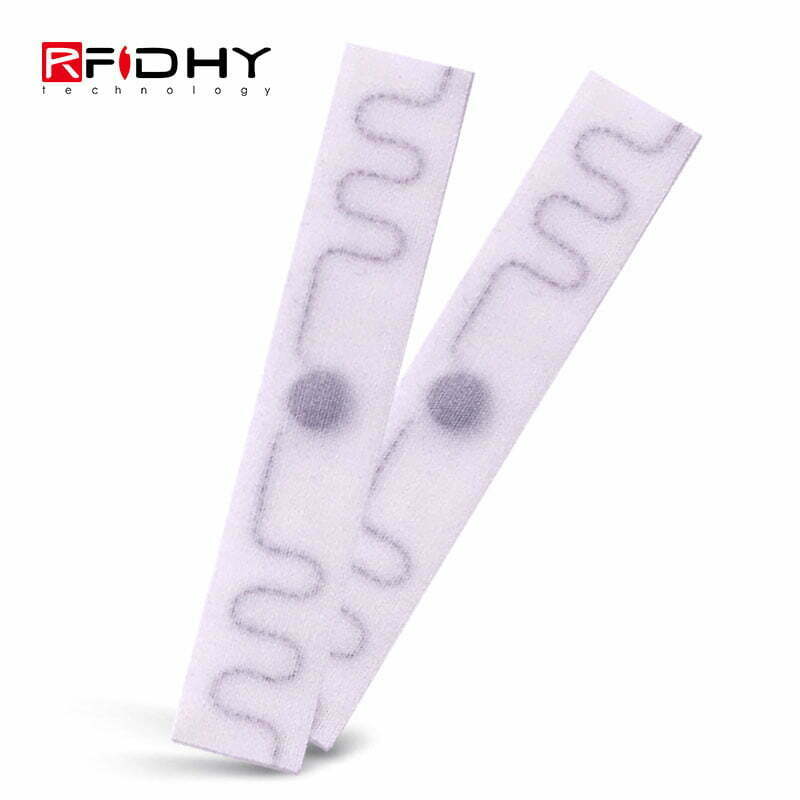Maintenant, hôtels, hôpitaux, baths and professional washing companies are facing thousands of work clothes and linen handing over, la lessive, repassage, sorting and storage processes every year. How to effectively track and manage the washing process, temps de lavage, storage status and effective classification of each linen is a great challenge:
1. Paper washing task handover, complicated procedures and difficult query;
2. Because of the fear of cross infection, some statistics of the number of linen to be washed cannot be carried out, and the number of laundry is not matched with the task, which is prone to commercial disputes;
3. Each step of the washing process cannot be accurately monitored, and the grass is leaked;
4. The washed cloth and grass are classified accurately to save storage space;
5. It is unable to accurately arrange the minimum safety stock of each cloth.

II. System introduction
The introduction of RFID technology will make the user’s laundry management more transparent, and improve the work efficiency, and solve the management problems that cannot be realized by other technologies in the past, tel que: a large number of laundry statistics, handover.
The scheme is to sew a strip shaped electronic label on each piece of cloth, which has a globally unique identification code, C'est, each piece of cloth will have a unique management identification until the cloth is scrapped (the label can be reused, but does not exceed the service life of the label itself). In the whole cloth use and washing management, the use status and washing times of cloth will be recorded automatically through RFID reader. Support batch reading of labels during washing handover, make washing task handover simple and transparent, and reduce business disputes. En même temps, by tracking the washing times, the service life of the current cloth can be estimated for users, and the predicted data can be provided for the purchase plan.
III. System effect
1. Labor can reduce 40-50%;
2. Plus que 99% of cloth products are visualized to reduce the risk of cloth missing;
3. The improved supply chain management will reduce the working service time by 20-25%;
4. Improve the accuracy and reliability of stored information;
5. Efficient and accurate data collection to provide operation efficiency;
6. Automatic collection of hand over data distribution and recovery to reduce human error;
7. Reduce the comprehensive cost of the user’s linen washing management.
IV. Main components of the system
Textile laundry tag, RFID card issuer, RFID fixed reader, RFID hand-held reader, laundry management system
V. system design
1. Label sewing: with strip shape label, it can be sewed on the cloth to be managed through small cloth bag or directly. The sewing position is easy to find. It is recommended to select a fixed position uniformly.
2. Customer management: add and modify customer information, including company list, contact person, phone number and address, etc.
3. Tag recording: the chip in the RFID tag can store data, associate the information of each washing product to be managed with the RFID tag ID to the database, and record and track the workflow and life cycle of each work clothes and linen.
4. Check the dirt: the dirt with RFID tag shall be packed directly. The number is automatically collected through the fixed RFID reader channel, and the ID of each dirt read is recorded. As the data is not counted manually, on the one hand, it improves the work efficiency, brings convenience to the hospital and provides high-quality services.
5. Clean cloth and grass counting: after the cloth and grass are clean, count and check through the fixed RFID reader channel again to confirm whether there is any cloth and grass missing in the washing process, and print out the record to hand over with the user.
6. Sorting and classification of linen: with the aid of the uniqueness of RFID tags, it can help to sort the linen in each ward. Before packing, it can confirm whether there is a misplaced position through RFID reading equipment.
7. Cloth query: the information of each cloth can be inquired by scanning the label of cloth, so as to prevent loss and disorder.
8. Inventory query
Vi. System assembly process
1. Product identification: each item of clothing is identified by sewing a button Textile laundry tag on each item of laundry to be managed. RFID smart tag chip has a unique ID number in the world and a user area for writing data. It can write the specific attributes of clothing in the tag, such as clothing owner, clothing life, clothing washing times, clothing model, etc.
2. Automatic counting: it can be divided into incoming counting and outgoing counting, and the number of each handover can be accurate. For packed dirt, the whole bag can be read through RFID tunnel equipment, and the accuracy can reach 100%. The data is objective and scientific, and can be used to check the number of handover with users. En même temps, the clean clothes to be returned to users are also confirmed by RFID tunnel reading equipment and listed.
3. Automatic sorting: at present, enterprises and users hand over clothes manually, so they can sort clean clothes in the washing plant area through the uniqueness of RFID tags, directly sorting to the smallest user unit and packing and listing, which can save the time of manual sorting and reduce the labor of personnel.
4. Washing time’s record: due to the characteristics of RFID tag, it can record the washing times of clothes, predict the life of clothes, reasonably control the clothing inventory, and provide users with more scientific services.





